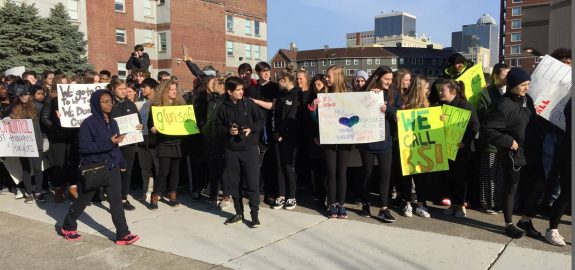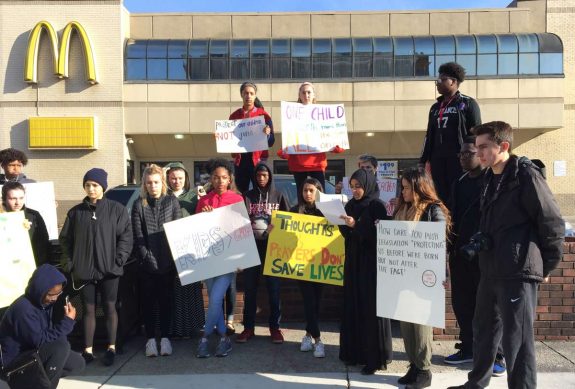If I were King of Medicare.
I am still learning how best to extract useful information from the public-use Medicare Part-D Drug Utilization and Cost files. I view these as experiments of nature worth mining for what they can tell us about the clinical and business aspects of healthcare. The last few articles I have written focused on the utilization and cost of Insulin, highlighting the seemingly unjustified increases in this life-saving drug for diabetics. In this tweak, I learn how to combine data from drugs in the same therapeutic category including all the brand and generic versions of individual drugs within categories. I am still wrestling with technical issues related to presenting multiple groups in a single TreeMap visualization, but as an example, I will show that in 2015 three groups of drugs– insulin, opioids, and drugs used to treat Hepatitis-C– cost the Medicare program 17.6% of the total cost of all Part-D drugs but comprised only 7.2% of all prescriptions. These drugs were expensive for different reasons that I will illustrate.
I particularly like the TreeMap data-visualization format because it allows hundreds if not thousands of drugs to be compared at the same time and facilitates identification of unexpected or unjustified outliers much easier. Since Medicare is now standardizing the formats of these drug files, changes in utilization and cost can be tracked over several years. I believe that placing such analyses into the service of policy makers and payers can allow savings of billions of dollars without compromise of care. Continue reading “How To Save Big Money on Prescription Drugs.”


